The Japanese Red Pine, also known as Akamatsu, is a stunning variety of bonsai tree with a rich history that dates back centuries in China and Japan. If you’re a bonsai enthusiast or simply appreciate the elegance of these unique creations, this comprehensive care guide is tailored just for you.
In this article, we will delve into the fascinating world of Japanese Red Pine Bonsai, covering everything from its appearance to its growth and development, as well as essential care tips. With insights on light requirements, watering techniques, fertilization, potting, propagation methods, and pest identification, you’ll have all the knowledge you need to nurture your own Japanese Red Pine Bonsai masterpiece.
Appearance of Japanese Red Pine Bonsai
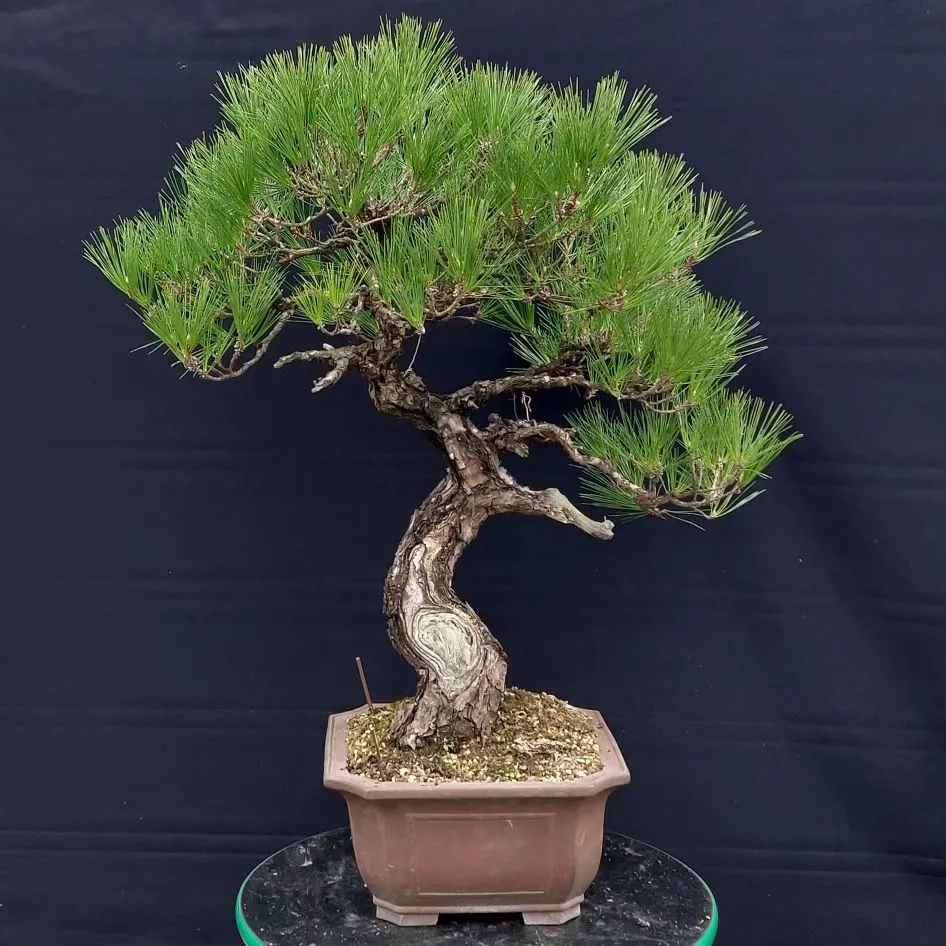
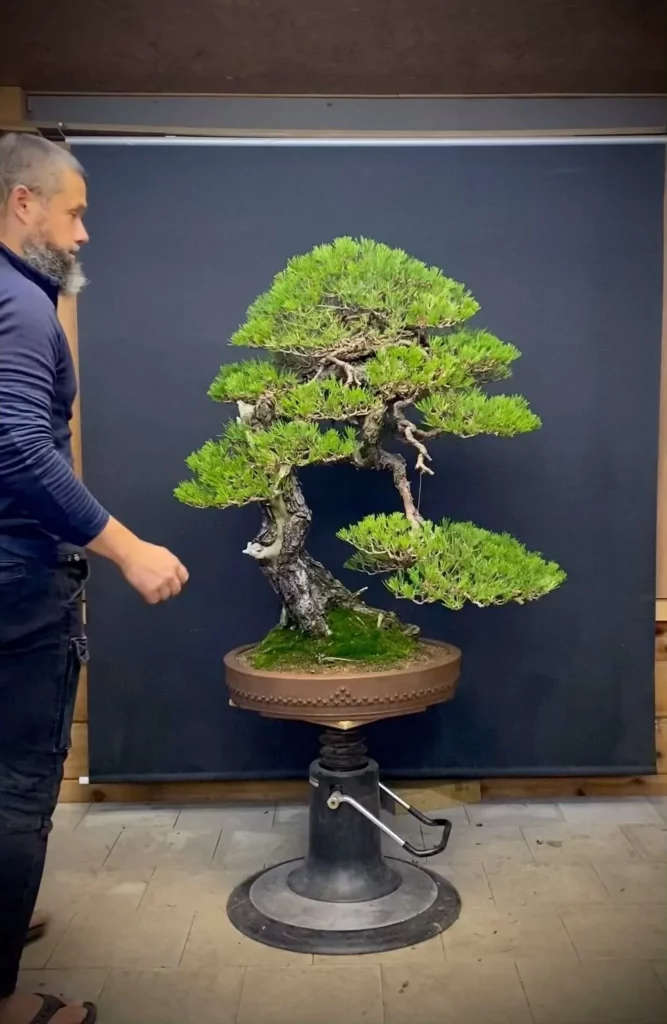
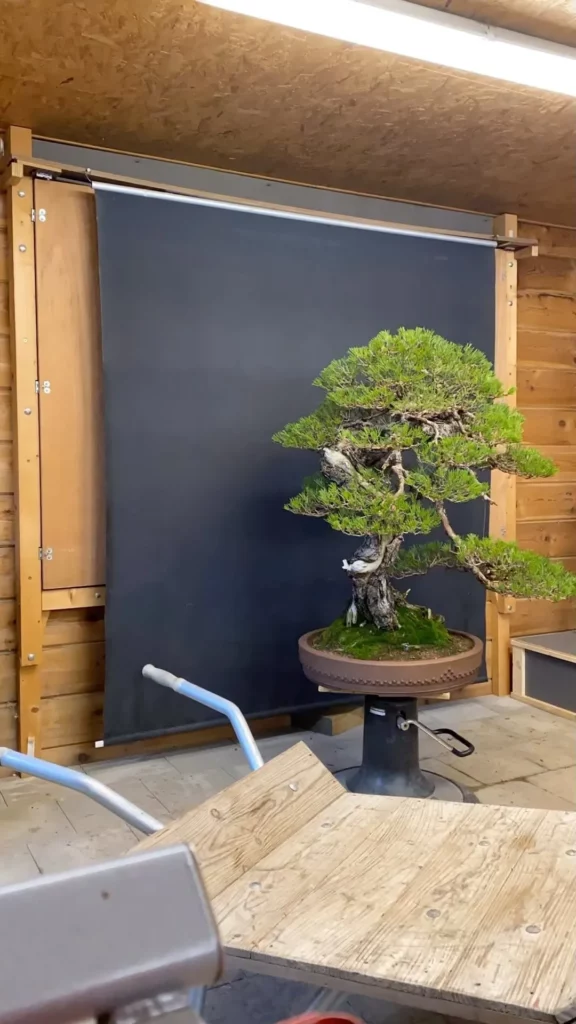
Japanese Red Pine Bonsai is a visually stunning bonsai tree with unique features that captivate the eye. Its slender trunk boasts beautiful bark that matures to an enchanting reddish-brown color, adding an exquisite touch to its overall appearance. The foliage of the Japanese Red Pine Bonsai consists of needle-like leaves, arranged in clusters, that showcase a vibrant green hue, creating a striking contrast against the trunk. The bonsai’s compact size and intricate detailing of the branches and root structure further enhance its miniature beauty, making it an exquisite addition to any bonsai collection.
Light Requirements for Japanese Red Pine Bonsai
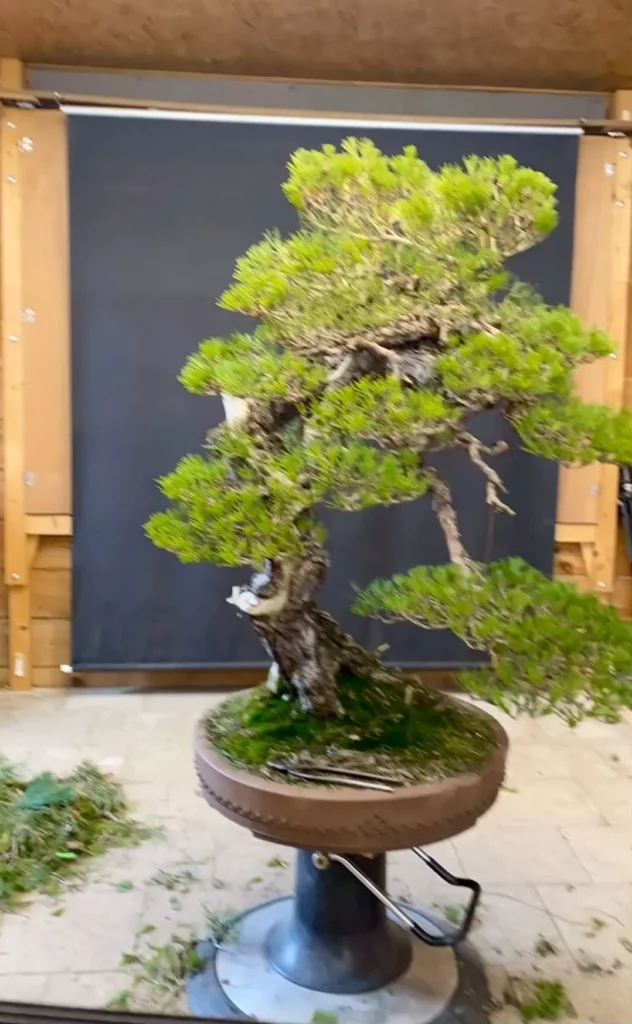
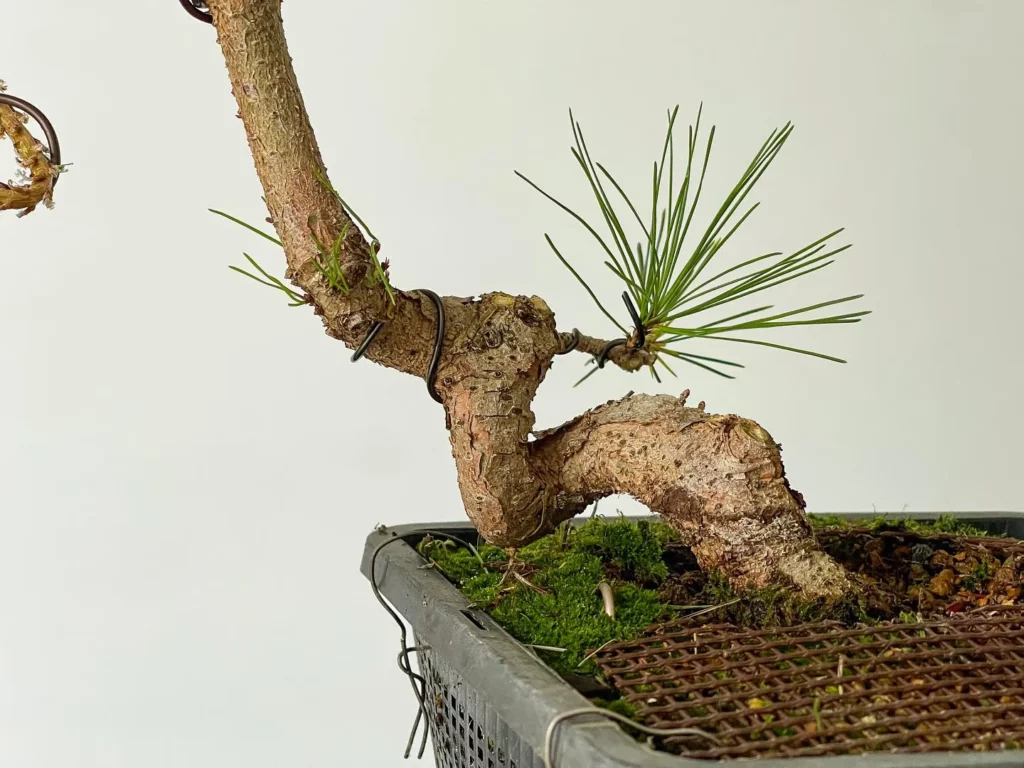
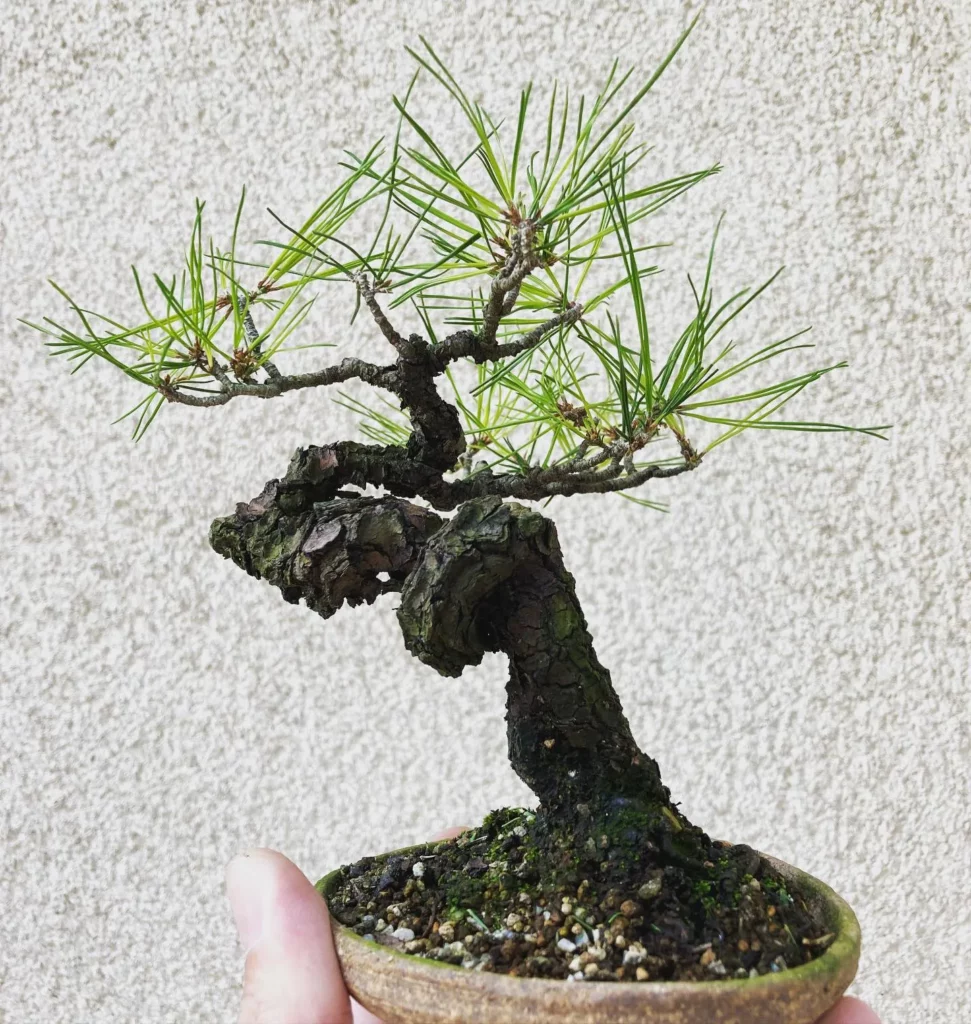
Japanese Red Pine Bonsai requires bright, indirect light to thrive. To provide the ideal lighting conditions for your bonsai, place it in a location where it can receive morning sun and partial shade in the afternoon. This balance of light ensures that the delicate foliage is not exposed to direct sunlight, which can cause leaf burn and damage.
If you are growing your Japanese Red Pine Bonsai indoors, consider placing it near a south-facing window to allow for sufficient light exposure. Alternatively, you can use artificial grow lights specifically designed for bonsai trees to provide the necessary light intensity. This will help simulate natural sunlight and promote healthy growth.
Watering Japanese Red Pine Bonsai
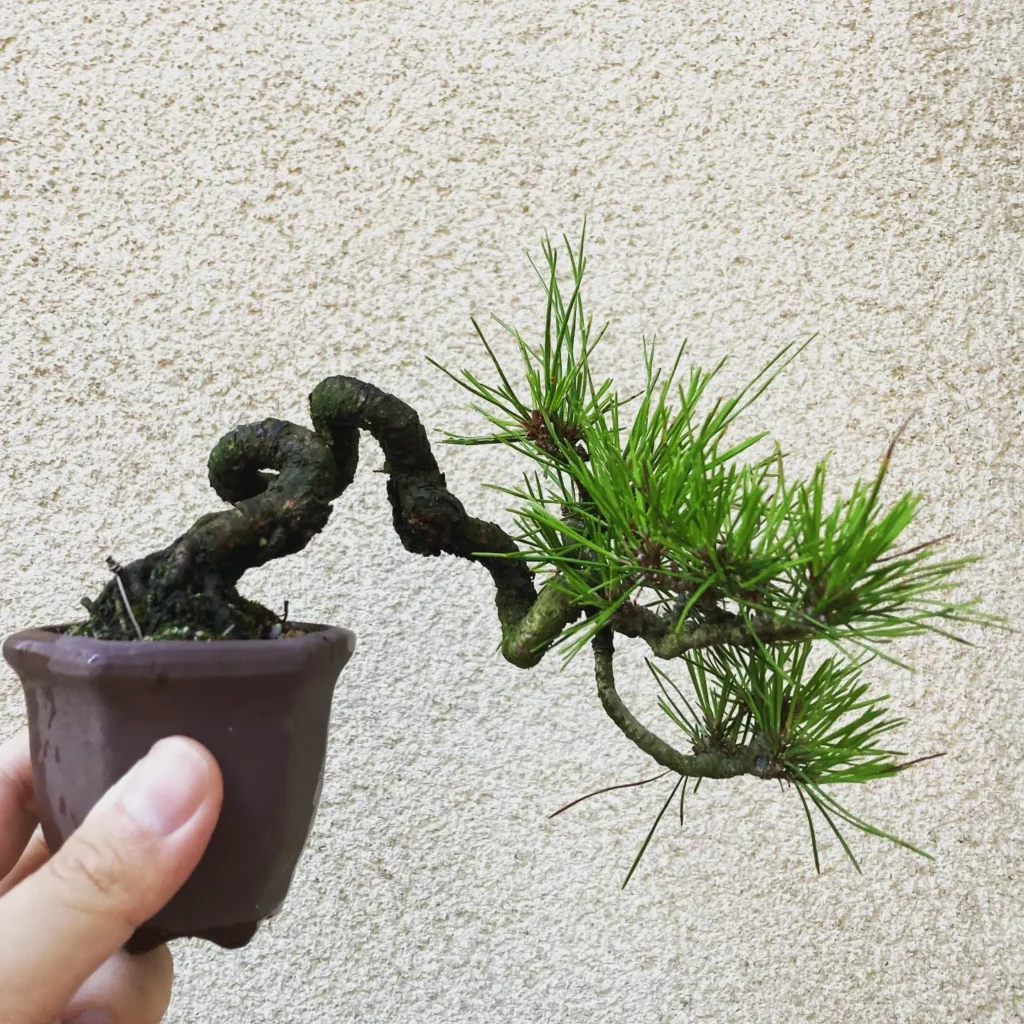

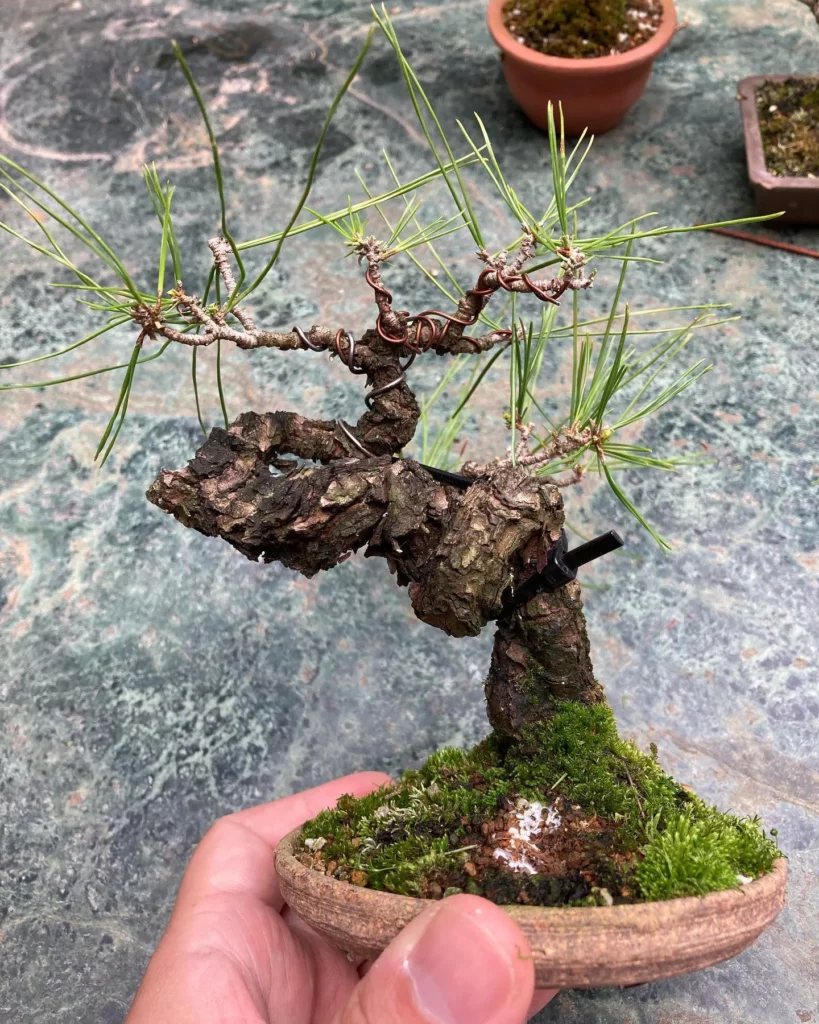
Proper watering is essential for the health of your Japanese Red Pine Bonsai. To ensure optimal growth, it is important to keep the soil consistently moist but not soggy. The watering frequency will vary depending on the season, temperature, and humidity levels.
During the hot summer months, your Japanese Red Pine Bonsai may require more frequent watering to prevent the soil from drying out. Check the moisture level by gently inserting your finger into the soil up to the second knuckle. If it feels dry at that depth, it’s time to water.
In cooler months, the watering frequency can be reduced as the tree’s growth slows down. Allow the soil to slightly dry out before the next watering. This prevents overwatering and the onset of root rot, which can be detrimental to the bonsai’s health.
When watering your Japanese Red Pine Bonsai, it’s important to water thoroughly and evenly. This ensures that the water reaches the roots and promotes healthy growth. Avoid excessive watering that leads to waterlogging or standing water in the pot.
Fertilizing Japanese Red Pine Bonsai
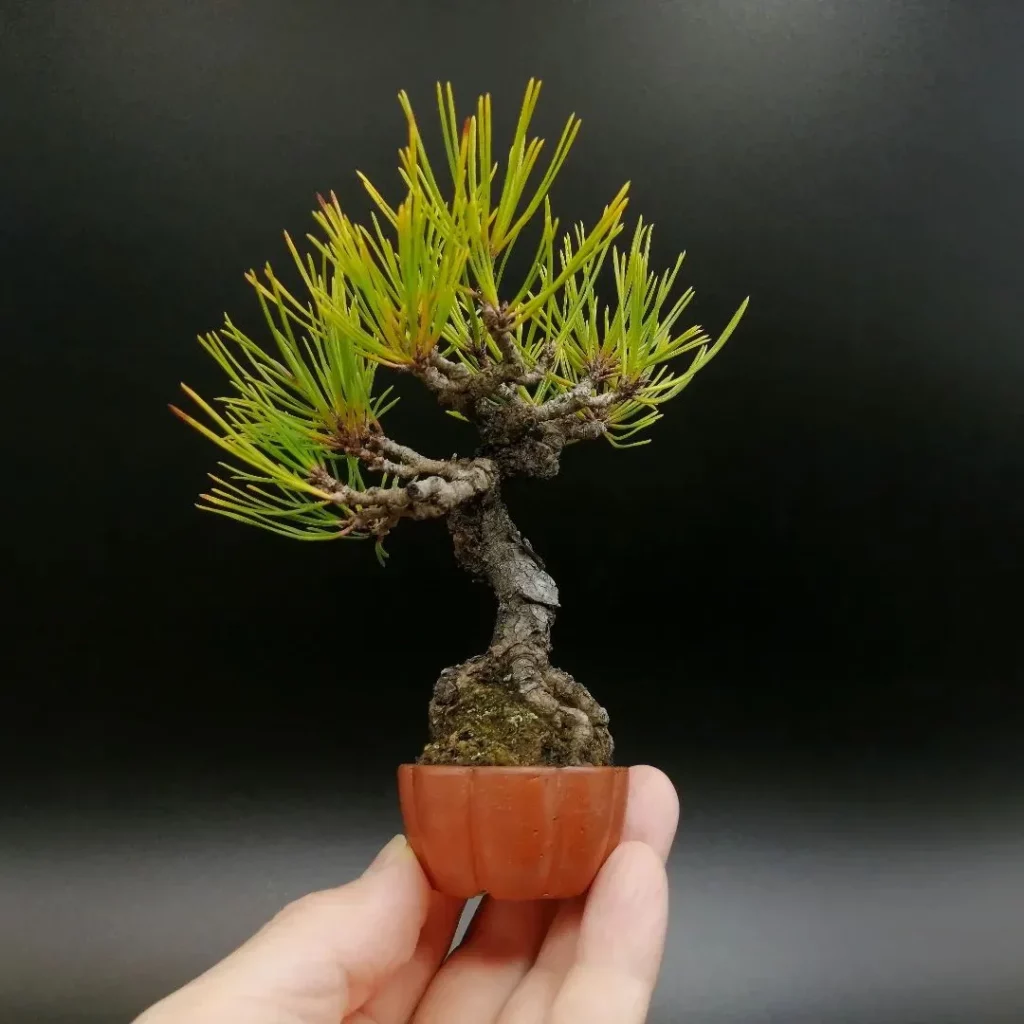
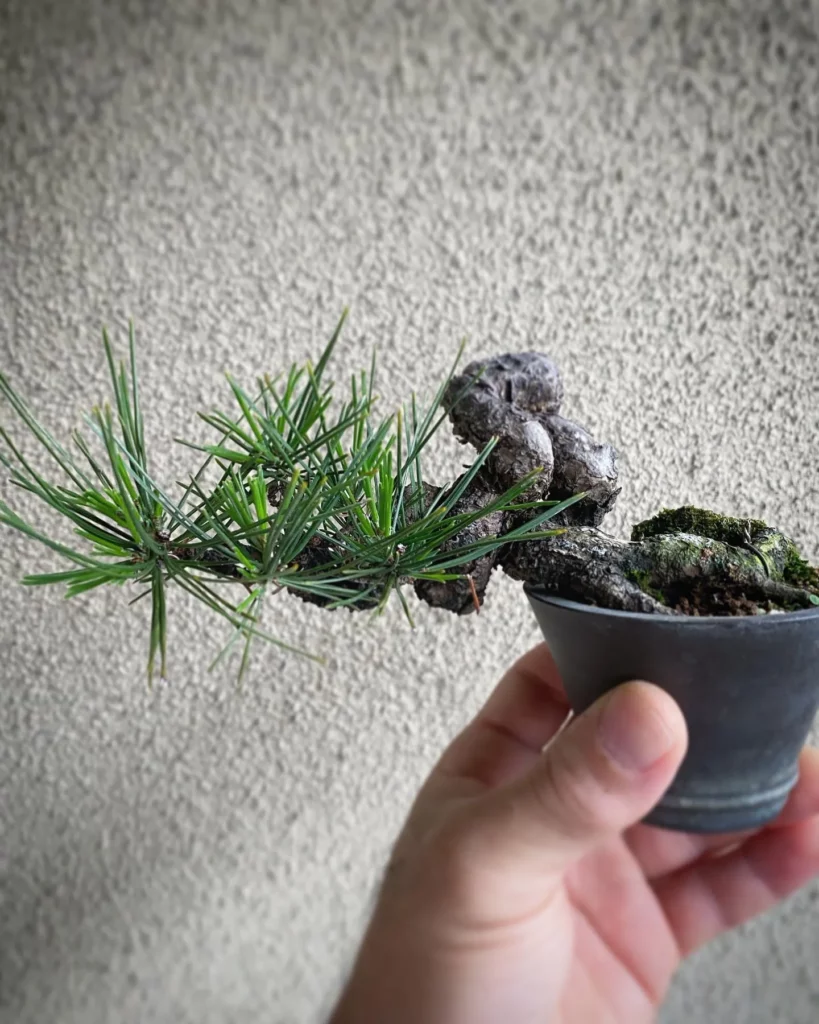
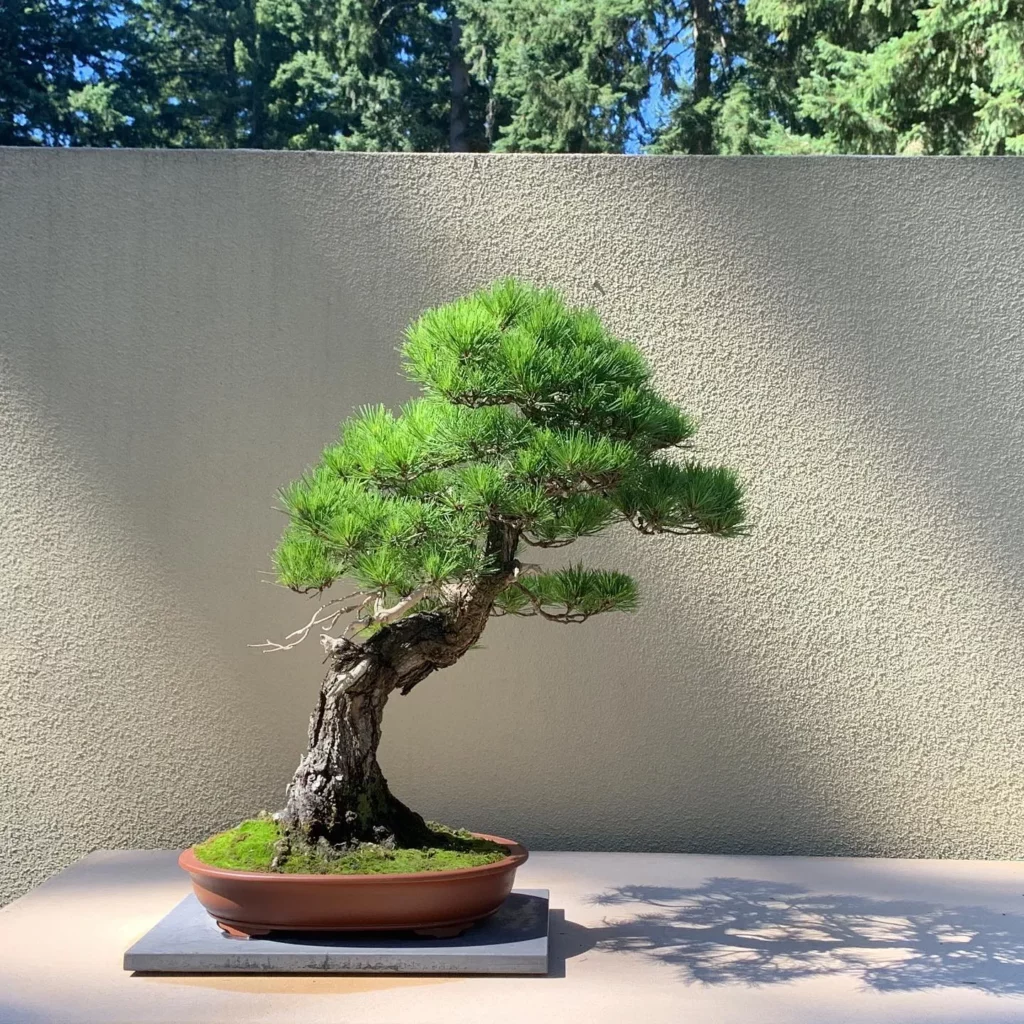
Proper fertilization is crucial for the healthy growth of your Japanese Red Pine Bonsai. Fertilizing provides essential nutrients that support foliage growth, root development, and overall tree health.
When selecting a fertilizer for your Japanese Red Pine Bonsai, opt for a balanced liquid or granular bonsai fertilizer. During the active growing season of spring and summer, choose a fertilizer with a higher ratio of nitrogen (N). Nitrogen promotes lush foliage growth and helps your bonsai achieve its full potential.
As fall and winter approach, your Japanese Red Pine Bonsai enters its dormant period. During this time, it is beneficial to switch to a fertilizer with a higher ratio of phosphorus (P) and potassium (K). This formula encourages root development and strengthens the overall health of your bonsai.
Potting Japanese Red Pine Bonsai
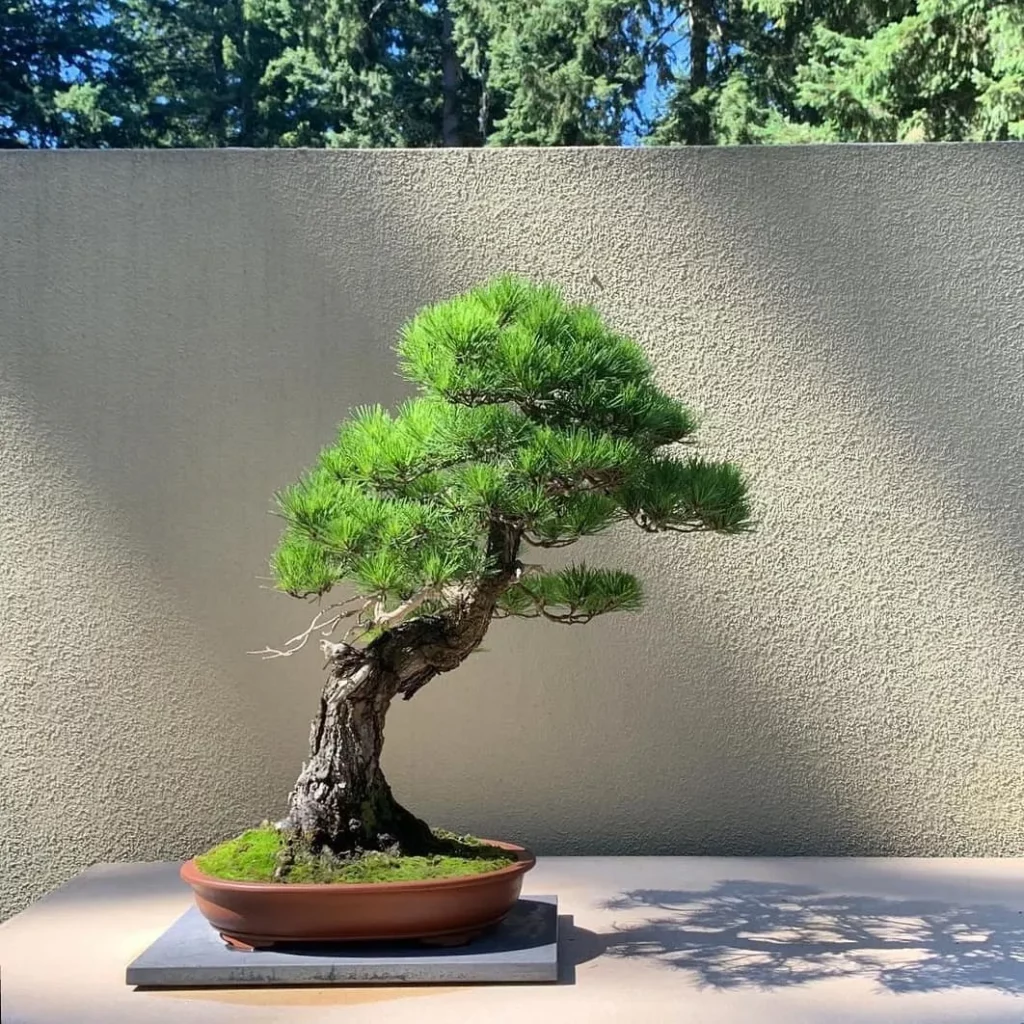
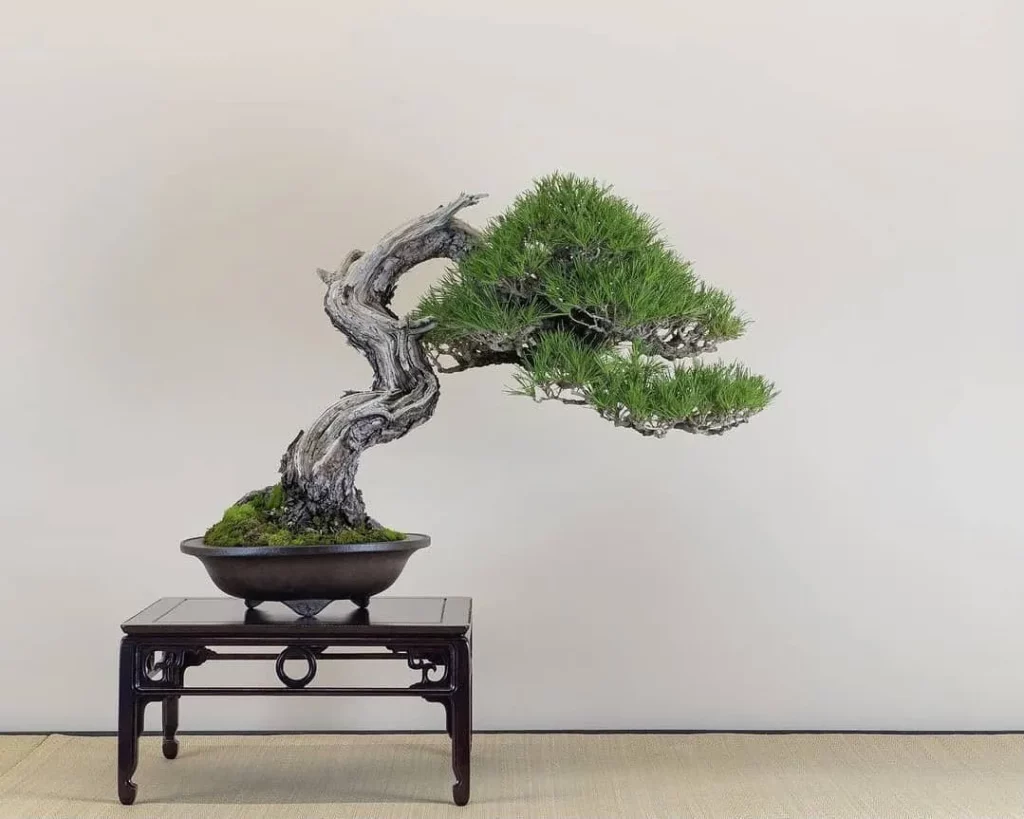
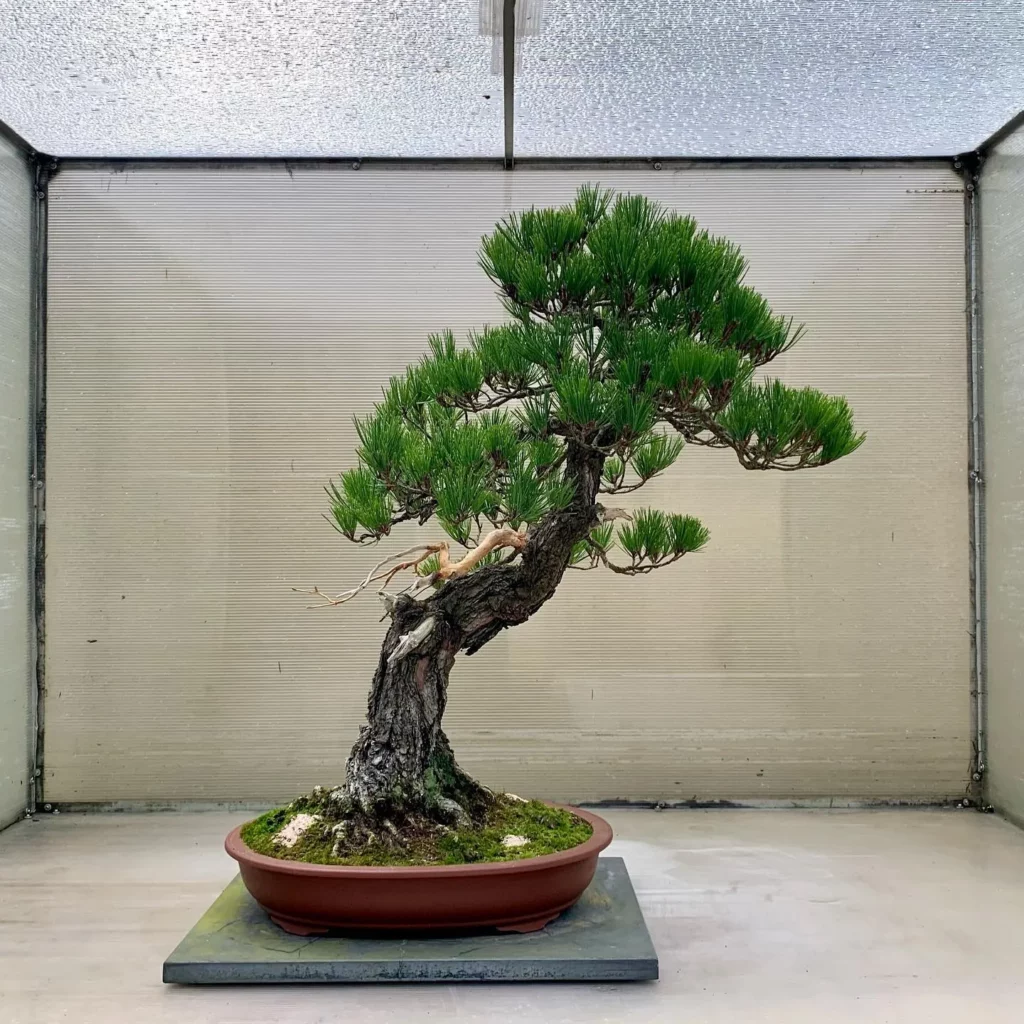
Japanese Red Pine Bonsai, like any bonsai tree, requires repotting every 2-3 years to ensure fresh soil and promote healthy root growth and development. The ideal time to repot your Japanese Red Pine Bonsai is in early spring, just before new growth begins.
When repotting your bonsai, it is crucial to choose a well-draining bonsai soil mix. This will prevent waterlogging and root rot, both of which can be detrimental to the health of your bonsai.
To repot your Japanese Red Pine Bonsai, carefully remove it from its current pot. Gently untangle or prune any circling roots to encourage a more balanced root system. Trim back excessive growth to maintain the desired size and shape of your bonsai.
Select a slightly larger pot for the repotted bonsai, ensuring that the new soil is evenly distributed around the roots. Place the bonsai in the center of the pot, making sure it is stable and upright. Avoid burying the trunk too deep in the soil.
After repotting, it is essential to monitor your bonsai closely. Make sure it adjusts well to its new container and environment. Keep a consistent watering schedule, ensuring that the soil remains moist but not waterlogged.
Propagation of Japanese Red Pine Bonsai

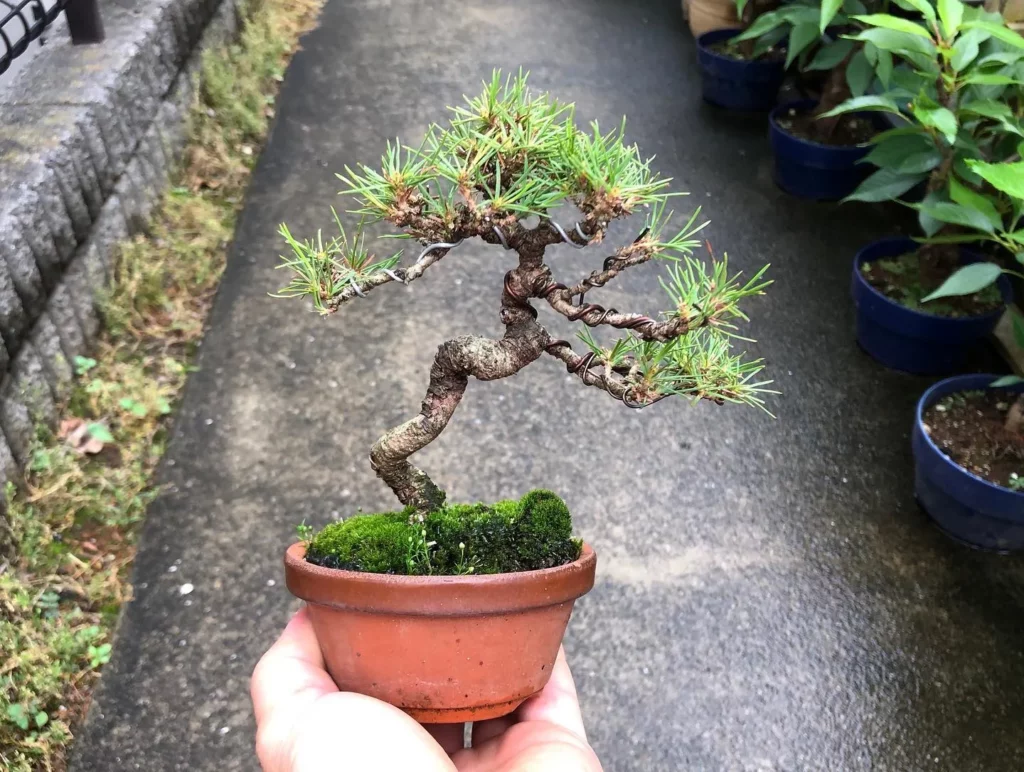
In order to propagate Japanese Red Pine Bonsai, there are several methods that can be employed: seed germination, cutting, and grafting. Each method requires specific techniques and care to ensure successful propagation.
1. Seed Germination
Growing Japanese Red Pine Bonsai from seeds is a patient process, as it can take several years for the bonsai to fully develop. The seeds should be collected from mature pine cones and then stratified to mimic the natural winter conditions that trigger germination. Once stratified, the seeds can be planted in a well-draining bonsai soil mix and kept in a controlled environment with consistent moisture and light levels. Regular monitoring and care will be necessary as the seeds germinate and the seedlings grow.
2. Cutting
Another method of propagation for Japanese Red Pine Bonsai is taking cuttings from mature branches. These cuttings should be taken during the active growing season and rooted in a suitable growing medium, such as a mix of peat moss and perlite. The cuttings should be placed in a warm and humid environment, with regular misting to encourage root development. Proper care, including providing appropriate light and moisture levels, will help the cuttings establish strong roots and grow into new bonsai trees.
3. Grafting
Grafting involves joining a cutting from a desired variety onto the rootstock of a Japanese Red Pine Bonsai. This method allows for the propagation of specific characteristics and ensures the new bonsai tree will inherit the desired traits. Grafting should be done during the active growing season, when both the rootstock and the cutting are in their optimal growth phase. It is important to follow proper grafting techniques, ensuring proper alignment and secure attachment of the graft. Regular monitoring and care will be necessary to ensure the success of the graft and the subsequent growth of the bonsai tree.
Growth and Development of Japanese Red Pine Bonsai
Japanese Red Pine Bonsai possesses a unique characteristic of slow yet steady growth. By providing the proper care and consistent maintenance, you can witness its transformation into a mature, bonsai-like masterpiece over time.
To achieve the desired form and balance of the bonsai, regular pruning and shaping of the branches are essential. These practices not only maintain its aesthetics but also contribute to its growth and development. As the bonsai continues to thrive, you’ll notice the trunk and branches gradually thicken, adding to its mature and natural charm.
Assessing the growth of your Japanese Red Pine Bonsai on a regular basis is vital. This ensures that you can make necessary adjustments to maintain the desired shape and proportion. Remember, cultivating a bonsai is a continuous process, and adapting to its growth is crucial for its overall health and appearance.
Pests and Diseases of Japanese Red Pine Bonsai
Japanese Red Pine Bonsai are generally resilient and less prone to pests and diseases compared to other bonsai varieties. However, they can still be affected by common pests like aphids, scales, and spider mites. Regularly inspect the foliage for any signs of infestation, such as yellowing leaves or webbing.
To control pests, you can use treatments like insecticidal soaps or horticultural oils. These options are effective in eliminating pest populations and restoring the health of your Japanese Red Pine Bonsai. Make sure to follow the instructions for proper application and dosage.
In addition to pest infestations, fungal diseases like root rot can also pose a threat to your bonsai. To help prevent fungal diseases, it is important to maintain proper watering practices and ensure adequate air circulation around the bonsai. Avoid overwatering or allowing water to sit on the foliage, as this can create a conducive environment for fungal growth.
Here are some tips to prevent pests and diseases:
- Regularly inspect the foliage for signs of infestation or disease.
- Use insecticidal soaps or horticultural oils to control pests.
- Avoid overwatering and promote proper drainage.
- Provide adequate air circulation around the bonsai.
- Keep the bonsai clean by removing dead leaves or debris.
Celebrate the Beauty of Japanese Red Pine Bonsai
Immerse yourself in the mesmerizing world of Japanese Red Pine Bonsai and discover a timeless beauty that brings tranquility to any space. This captivating bonsai variety, also known as Akamatsu, is a true masterpiece of nature, renowned for its elegant appearance and exquisite miniature size.
With its slender trunk, adorned with beautiful reddish-brown bark, and vibrant green needle-like leaves arranged in clusters, the Japanese Red Pine Bonsai captivates the eye with its intricate detailing. Whether displayed in an upright or slanting form, this bonsai radiates a sense of harmony and balance that effortlessly enhances any environment.
By following the care tips provided in this comprehensive guide, bonsai enthusiasts can ensure the healthy growth and development of their Japanese Red Pine Bonsai. Whether you are just beginning your bonsai journey or have honed your skills over time, the process of cultivating and nurturing a Japanese Red Pine Bonsai is both fulfilling and enjoyable.
As you celebrate the beauty of Japanese Red Pine Bonsai in your own space, you will experience the serenity and joy that comes from tending to this living work of art. Let the elegance of this bonsai variety become a symbol of your connection to nature and a source of peace in your everyday life.
FAQ
What makes Japanese Red Pine Bonsai visually appealing?
Japanese Red Pine Bonsai has a slender trunk with beautiful bark that matures to a reddish-brown color. The foliage consists of needle-like leaves that are arranged in clusters and have a vibrant green color. The overall shape of the bonsai can vary, but it often has an upright or slanting form. The compact size and intricate detailing of the branches and root structure add to its miniature beauty.
What kind of light does Japanese Red Pine Bonsai require?
Japanese Red Pine Bonsai requires bright, indirect light. It is best placed in a location where it can receive morning sun and partial shade in the afternoon. Direct sunlight can be too harsh for the delicate foliage and may cause leaf burn. If growing indoors, placing the bonsai near a south-facing window or using artificial grow lights can provide the necessary light intensity.
How often should I water Japanese Red Pine Bonsai?
Japanese Red Pine Bonsai should be kept consistently moist but not soggy. The frequency of watering will depend on factors like the season, temperature, and humidity. During hot summer months, the bonsai may need to be watered more frequently, while in cooler months, watering can be reduced. It is recommended to water the bonsai thoroughly, allowing the water to soak into the roots, and then allowing the soil to slightly dry out before the next watering.
How should I fertilize Japanese Red Pine Bonsai?
Japanese Red Pine Bonsai should be regularly fertilized with a balanced liquid or granular bonsai fertilizer. In spring and summer, a fertilizer with a higher ratio of nitrogen (N) will promote lush foliage growth. In fall and winter, a fertilizer with a higher ratio of phosphorus (P) and potassium (K) will support root development and overall tree health. Follow the manufacturer’s instructions regarding the dosage and frequency of fertilizer application.
When should Japanese Red Pine Bonsai be repotted?
Japanese Red Pine Bonsai should be repotted every 2-3 years in early spring before new growth starts. It is important to use a well-draining bonsai soil mix to prevent waterlogging and root rot. When repotting, gently remove the bonsai from its current pot, trim any tangled or circling roots, and prune back excessive growth. Place the bonsai in a slightly larger pot, ensuring that the new soil is distributed evenly around the roots.
How can I propagate Japanese Red Pine Bonsai?
Japanese Red Pine Bonsai can be propagated through methods like seed germination, cutting, and grafting. Growing from seeds requires patience as it may take several years for the bonsai to develop. Taking cuttings from mature branches and rooting them in a suitable growing medium can produce faster results. Grafting involves joining a cutting from a desired variety onto the rootstock of a Japanese Red Pine Bonsai.
What can I expect in terms of growth and development for Japanese Red Pine Bonsai?
Japanese Red Pine Bonsai has a slow but steady growth rate. With proper care and maintenance, it can develop a mature, bonsai-like appearance over time. Regular pruning and shaping of the branches will help create the desired form and balance of the bonsai. As the bonsai grows, the trunk and branches will thicken, giving it a more mature and natural aesthetic.
Is Japanese Red Pine Bonsai prone to pests and diseases?
Japanese Red Pine Bonsai are generally resilient and less prone to pests and diseases compared to other bonsai varieties. However, they can still be affected by common pests like aphids, scales, and spider mites. Regularly inspect the foliage for any signs of infestation, such as yellowing leaves or webbing. Treatments like insecticidal soaps or horticultural oils can be used to control pests. Proper watering and adequate air circulation will also help prevent fungal diseases like root rot.
What are the benefits of cultivating Japanese Red Pine Bonsai?
Cultivating and nurturing a Japanese Red Pine Bonsai can be a fulfilling and enjoyable journey. It is a captivating and rewarding bonsai variety that can bring a sense of tranquility and beauty to any space. With its elegant appearance and miniature size, it is a true masterpiece of nature.




